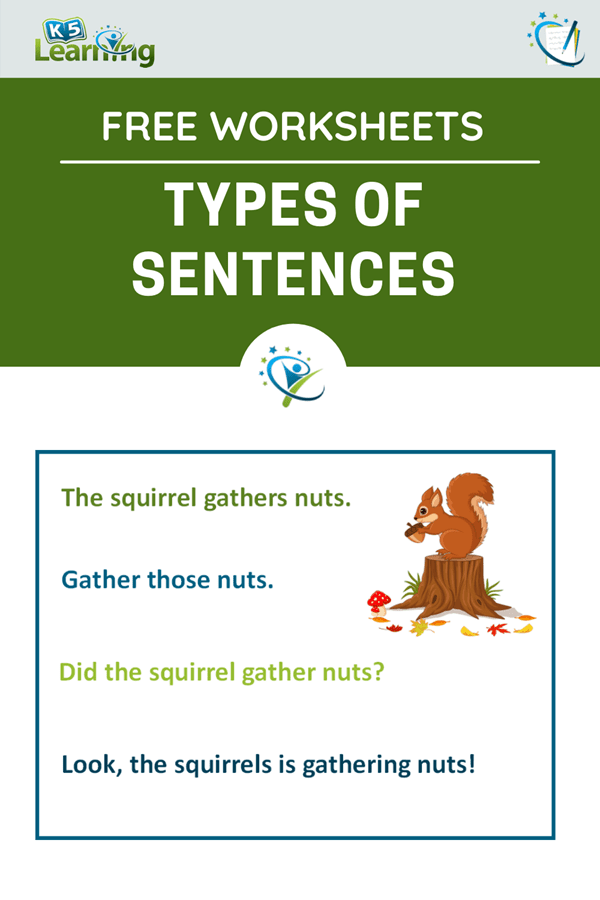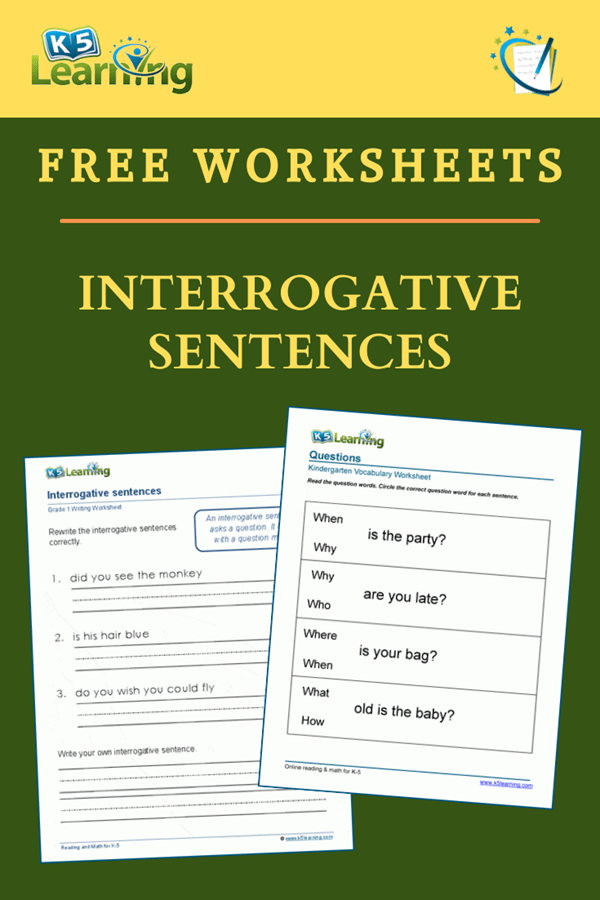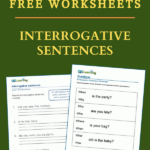K5 Learning Sentences – Simple Sentence Worksheets allow your child to practice writing simple sentences by copying words and then tracing them over. These activities are especially helpful as they allow your child to learn and retain parts of speech while they copy. They can also trace over gray words, which are usually the subject of a sentence.
Simple sentences do not contain dependent or subordinating clauses
To provide additional information about an independent clause, subordinate clauses can be included in a sentence. They are not separate sentences and do not convey the same meaning as the independent clause. Some examples of dependent clauses are adjectives and adverbs. These clauses are usually joined with a subordinating conjunction.
Subordinate clauses are sometimes referred to by the term dependent clauses. They act as modifiers for independent clauses, providing additional details or establishing time or cause. They may also be used to provide examples of a certain idea. These clauses are joined with subordinating conjunctions or relative pronouns.
It is important to differentiate between independent and subordinate clauses in order to avoid writing fragments. A semicolon must precede the dependent clause “when it rains” in Seattle. Another type of subordinating conjunction is “while,” which is used in “before” clauses.
When the independent clause is longer than one word, subordinate clauses can be used. These are common and familiar words that add meaning to an independent clause. To modify an independent clause, you can also use subordinating or relative clauses. Relative clauses are composed of a subject (antecedent), and a verb.
Independent clauses may contain compound parts of speech. Examples of compound parts are predicates, verbs, compounds, and complex subjects. They are both simple and complex. A complex sentence, on the other hand, is made up of multiple independent clauses and requires the use of subordinating clauses.
Compound sentences do contain dependent or subordinating clauses
Compound sentences contain dependent or subordinating clauses and can be formed by adding two or more clauses to a sentence. The position of the clauses depends on the writer’s preference. A dependent clause follows a comma, while an independent clause is not separated by a comma.
The most complicated sentences are compound sentences. These sentences are composed of at least two independent clauses and one to three dependent clauses. These sentences have more independent clauses than simple ones. They are often formed by joining two independent clauses with a comma.
A dependent clause, also known as a subordinate clause, depends on a preceding clause to give meaning to the sentence. Subordinating conjunctions such as after, but, once, and because are often used to precede these clauses. They are often preceded by a coordinate conjunction in complex sentences.
Subordinating clauses can occur at the start of a sentence, but they are not necessary. You can put them at the end of a sentence if you prefer. This is allowed as long as it does not violate adult grammar rules. These words are frequently found in compound sentences.
Complex sentences that contain multiple independent clauses can be enriched with a dependent or subordinating clause. They still have a subject as well as a verb. Subordinating clauses and subordinating conjunctions are useful for expressing important ideas or precise information.
By connecting two sentences, you can create compound sentences
A compound sentence is composed of two separate clauses that are joined by a coordinating conjunction. A conjunction is a combination that adds one sentence to the next. It can also include an object or modifier. These sentences are often used in discussions and can be very entertaining to read.
A compound sentence must contain two subjects and two words. The first independent clause should always have capital letters, while the second should be written in lowercase. When composing a compound sentence, punctuation is important. Otherwise, the sentence is grammatically incorrect and difficult to understand.
Compound sentences are formed by connecting two simple and independent sentences with a coordinating conjunction. They have a different structure than simple sentences, but both can make sense as standalone sentences. An independent clause has a subject and predicate. Compound sentences also contain a dependent clause, which is a clause that is attached to an independent clause.
Students can either create or read compound sentences to learn more about compound sentences. The first step is to learn how to distinguish between an independent and dependent clause. This will allow them to write compound sentences. Students can then practice reading and understanding the meaning of a compound sentence.





